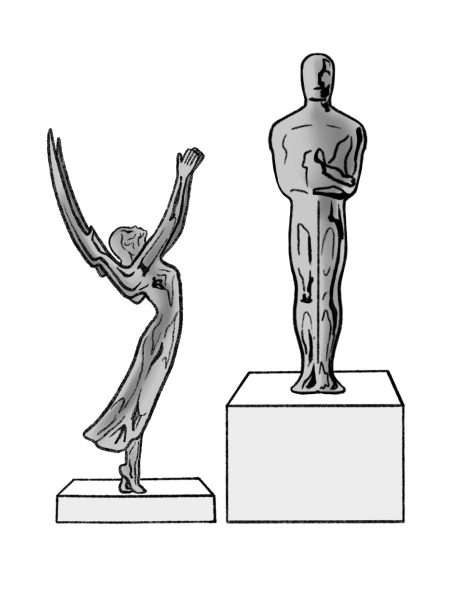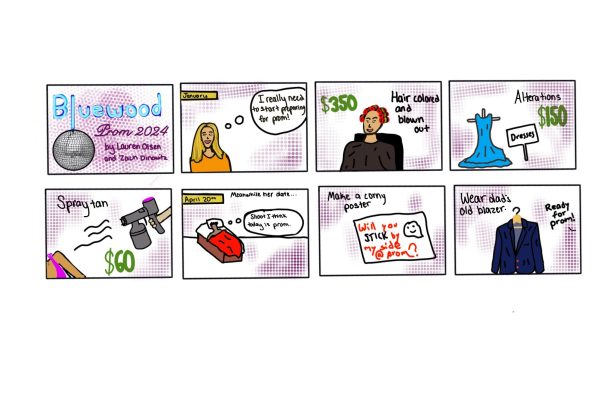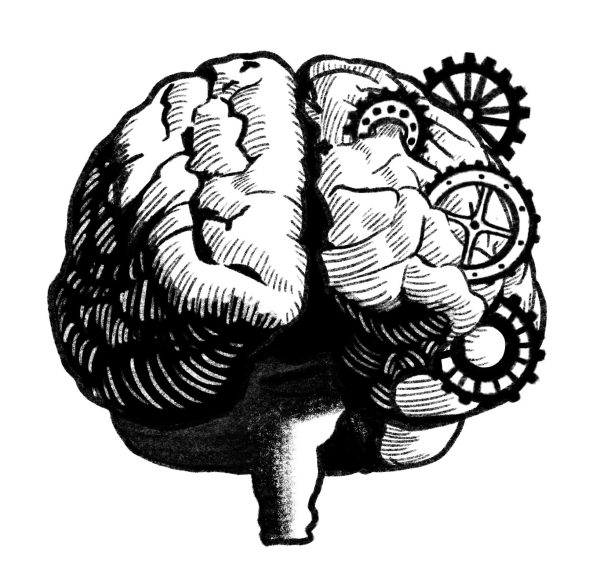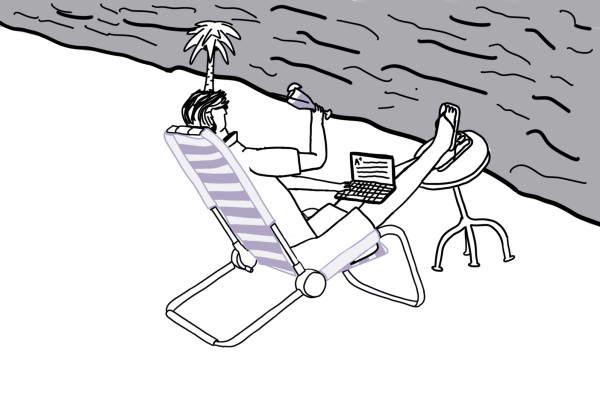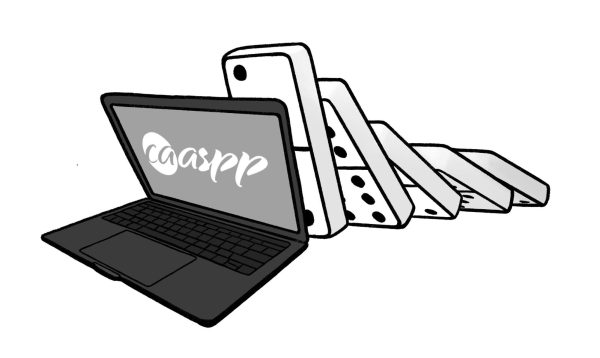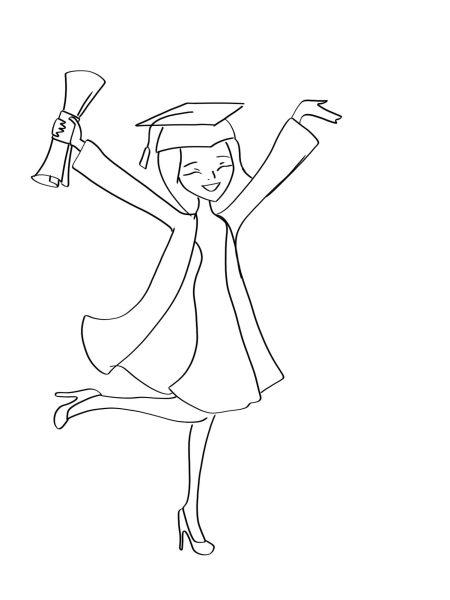The DMV’s longest line just got avoidably longer
February 13, 2021
On Dec. 7, 2020, when Gov. Gavin Newsom issued California’s second stay-at-home order due to a surge in COVID-19 cases, it was only a matter of days before the tighter restrictions went into effect. Shortly after the statement was released, the Department of Motor Vehicles (DMV) announced that beginning Dec. 14, 2020, all behind-the-wheel driver’s tests would be suspended until at least Jan. 11, 2021, which was later extended indefinitely. However, in light of the governor’s recent decision to lift restrictions as of Jan. 26, the DMV decided to resume driver’s tests on Feb. 1.
While this may come as good news to the many people who had their previous appointments suspended, both the DMV and those individuals now face another problem: the major backlog due to the number of pre-existing appointments that need to be rescheduled. Of course, this would not have happened if the DMV did not make the unnecessary decision to suspend all driver’s tests in the first place.
Having a license allows individuals to go places without relying on public transportation, which is especially important now that offices, restaurants, schools and other businesses are re-opening. With commuting resumed, the DMV’s current rescheduling dilemma is more timely than ever as many people who need their licenses are still waiting to take their test. I work a part-time job that requires me to commute; however, because I have not been able to take a driving test, I am forced to rely on my fully-employed parents for rides.
After having my test pushed back not once, but twice, like many of my peers, I was upset the process of getting my license kept on getting slowed down. According to a January 2021 Bark survey, 12 percent of students had a driver’s test that got canceled during the shutdown. The disappointment felt by those unable to take their tests could have been avoided if the government let the DMV remain open with rigorous safety precautions in place instead of squandering the opportunity entirely.
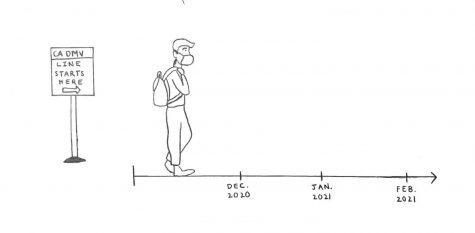
While it is understandable that trying to fit everyone back in for rescheduled appointments is no easy task for the DMV, giving priority to those who first scheduled appointments should factor into this process. Unfortunately, some people who had their tests scheduled after January have already received a new appointment date, while others who had scheduled appointments before them have not. It is unjust to those whose original test date was much earlier to not be prioritized by the DMV.
What is even more surprising is that while license tests were cancelled, I could still complete my final two-hour driving lesson with my instructor during the shutdown. To take the behind-the-wheel test, one must complete three two-hour lessons with a certified driving instructor. If driving lessons can continue with proper safety guidelines in the car, why can’t driver’s tests do the same? Granted, it wouldn’t be justifiable to compare the decisions made by privately owned businesses to the government-owned DMV, but it certainly sets an example of how driver’s tests could have operated if they had initially enforced stricter safety protocols.
Despite public skepticism surrounding ride-sharing with non-family members, recent studies have proven that there are effective ways to reduce COVID-19 transmission in a vehicle. Dr. Varghese Mathai, assistant professor at the University of Massachusetts at Amherst and head author of a December study published in Science Advances, found that the best way to facilitate proper air flow in a vehicle is for the driver to open the front seat window on the right side and for the passenger to open the back-seat window on the left side, rather than the windows beside them. According to Mathai, this simple practice will allow for better cross-ventilation throughout the vehicle, helping reduce the chances of spreading COVID-19 from passenger to passenger.
While the time frame between when this study was published and when the DMV suspended testing was short, the state government still had several chances to resume tests much earlier before the stay-at-home orders were eventually lifted. If the DMV implemented this strategy as part of their safety regulations, the behind-the-wheel tests could have safely proceeded. Even without these measures in place, according to the January 2021 Bark survey, out of the students who had their driver’s test canceled due to the lockdown, 75 percent reported that they would have been comfortable taking the test under the current safety guidelines.
Limiting contact between other people outside of our households as much as possible is of utmost importance right now. Popular ride-sharing services such as Uber and public transit that were once very convenient are now considered unsafe methods of transportation. Although one must ride share to take a driver’s test, having the ability to get places in one’s own car is a necessary tradeoff to make during this time, especially for those commuting to work.
Without enough thought or consideration to implement any protective health policies, the DMV not only disappointed the people who were inconvenienced by this issue, but it also extended the wait in line for new appointments. COVID-19 has presented an overabundance of obstacles for many people, some of which were unavoidable, but the decision to halt drivers tests altogether was one that should have been prevented.












